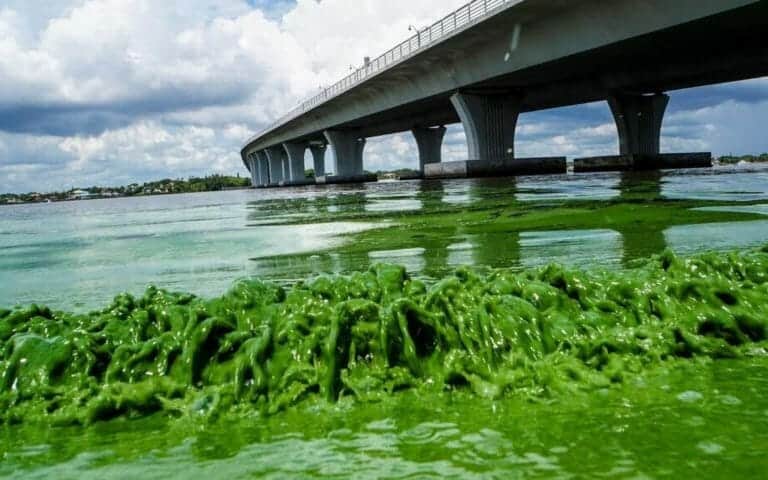Fifteen years after Jeb Bush and Bill Clinton reached a landmark accord to revive the Everglades, billions of dollars have been spent but not much marsh has been restored, and the River of Grass continues to cycle through the same familiar struggles. Disastrous algae blooms foul coastal estuaries. Seagrass die-offs plague Florida Bay. High water threatens the Lake Okeechobee dike. Everglades marshes drown under too much water or wither under too little.
All the ecological crises of this summer are just déjà vu, all over again. Florida Bay Audubon Florida Biologist Jerry Lorenz says a massive seagrass die-off shows why Florida’s Everglades need to be fixed. But a review of the key decision points by Florida policymakers over the last two decades shows that one key player in the fate of the Everglades has grown healthier and stronger: Big Sugar. The industry, one of the largest producers of phosphorus-laden pollutants in the Glades, has rung up a string of political successes while recording bumper harvests in recent years. That influence has not come cheaply. $57.8 million in direct and in-kind contributions was made by the sugar industry to state and local […]
Full article: Sugar’s decades-long hold over Everglades came with a price
More about seagrass, water, and ecosystems:
Eelgrass wasting disease has new enemies: Drones and artificial intelligence
Seagrass Die-off and How Freshwater from the Everglades gets into Florida Bay
Scientists warn of salt pollution of freshwaters — salinity
How climate change could threaten the water supply for millions of Californians

